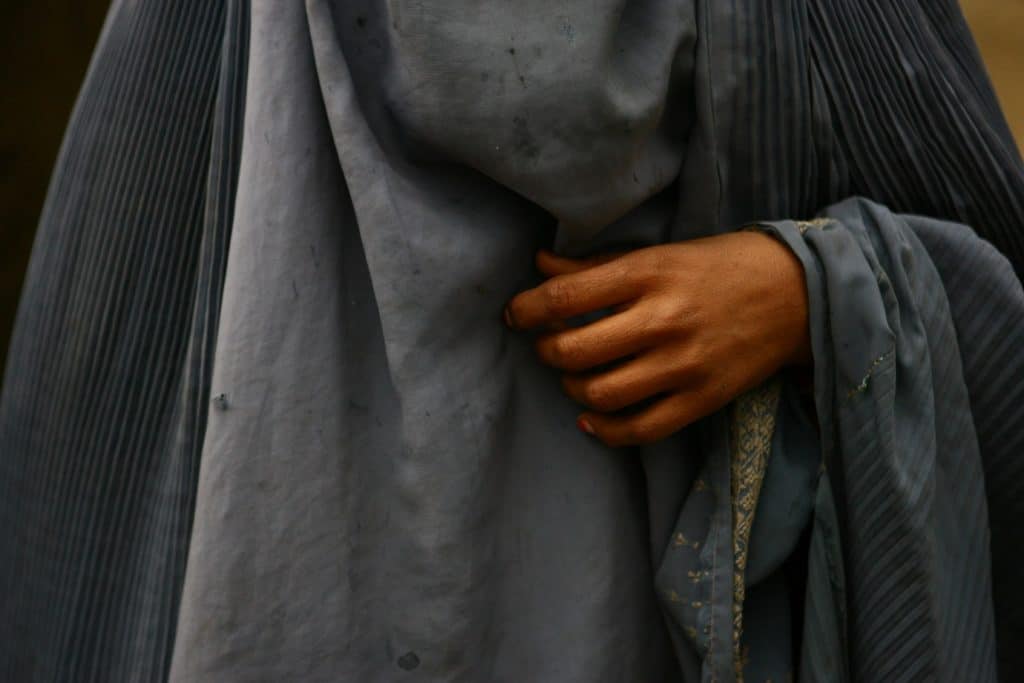On this International Day of Education (24 January), UNESCO is highlighting the grim reality that girls and women in Afghanistan are still fighting for their human right to an education.
The Director-General of UNESCO, Audrey Azoulay has decided to dedicate today to Afghan girls and women in light of their ongoing struggle.
Currently, 2.5 million (80 per cent) of school-aged Afghan girls and young women are out of school, 1.2 million of whom were denied access to secondary schools and universities following the decision of the de facto authorities.
“No country in the world should bar women and girls from receiving an education,” said Azoulay.
“Education is a universal human right that must be respected. The international community has the responsibility to ensure that the rights of Afghan girls and women are restored without delay. The war against women must stop.”
For the occasion of today’s International Day of Education, UNESCO is hosting an event at the United Nations in New York, with the contribution of the UN Secretary-General, the President of the UN General Assembly and UNESCO’s Director-General.
The first panel discussion will be devoted to the education of girls and women in Afghanistan.
It will also include the launch of the first SDG4 benchmark publication by UNESCO’s Global Education Monitoring Report and Institute for Statistics, showing how fast fast countries are progressing towards 2030 benchmarks as there’s an acute lack of data on education.
The Taliban has banned all girls and women from entering secondary schools and Afghan universities.
These decisions by the de facto authorities in Afghanistan threatens to wipe out progress made in the country over the past 20 years.
From 2001 to 2021, Afghanistan saw a tenfold increase in enrolment at all education levels from around 1 million students to around 10 million, with the support of the international community.
During this period, the number of girls in primary school increased from nearly zero to 2.5 million.
Women’s participation in Afghan higher education also increased almost 20 times, from 5,000 students to over 100,000.
And literacy rates for women almost doubled, from 17 per cent of women being able to read and write in 2001 to nearly 30 per cent for all age groups combined by 2021.
What’s being done to maintain this progress in 2023?
While the fight is still on for Afghan girls and women to be able to return to schools in person, UNESCO is working on alternative solutions to help ensure the country’s progress in education access doesn’t disappear.
To reach Afghan girls and women remotely, UNESCO is working to provide distance education through Afghan media outlets– especially radios, which are accessible in the homes of more than two thirds of the population.
The non-profit is also supporting these media outlets in the production of conflict-sensitive, humanitarian and education public interest content, aiming to reach at least 6 million Afghans, with a special focus on women and girls. This includes supporting a women-led station that will produce over 200 hours of educational content per month dedicated to girls and women.
In addition to this, UNESCO has partnered with NGOs on the ground, to provide support to a community-based literacy campaign targeting 25,000 young people and adults in rural areas.
And a UNESCO advocacy campaign for increasing public awareness of the right to education for youth and adults, especially adolescent girls and women, has reached over 20 million Afghans.
With 2023’s International Day of Education dedicated to Afghan women and girls, UNESCO and its Member States have placed the right to education of Afghan girls and women at the top of the international agenda.


